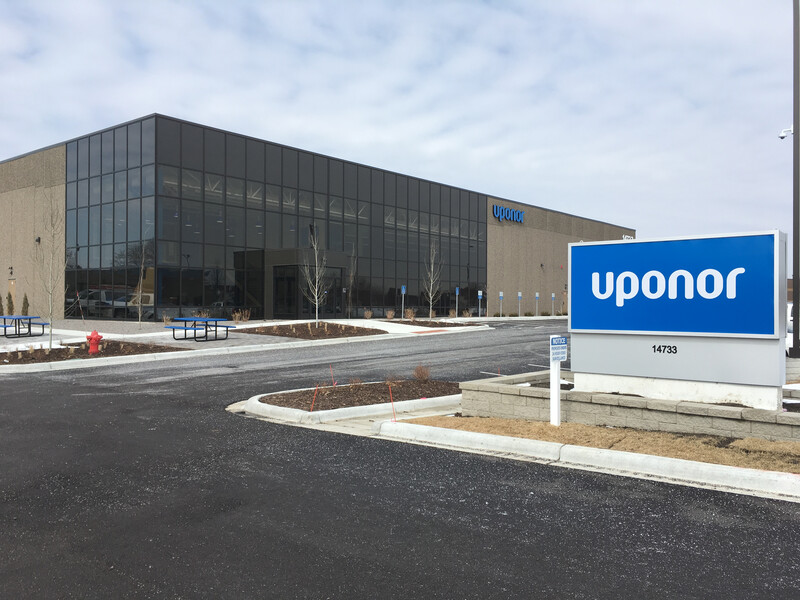ReferenssitCulture Boiler, Estonia,
Culture Boiler, Estonia,
Tallinn,
Estonia
Culture Boiler, Estonia
Tallinn’s old power plant has been given a second life and renovated into a cultural centre.
Location
Tallinn, Estonia
Valmistuminen
2011
Rakennustyyppi
Teollisuus- ja erikoisratkaisut
Tuotejärjestelmä
Ilmanvaihto
Osoite
Põhja pst 27a
Verkkosivu
Projektityyppi
Remontti
In collaboration with its partners, Uponor participated in transforming Tallinn’s former power and heating plant into Culture boiler, as it is not anymore a facility for generating electricity, but for stimulating cultural exchange.
Situated between the historical medieval centre of Tallinn and the city’s most visited harbour area, Culture boiler is expected to become a creative hub for innovative thinking, and a significant platform for knowledge sharing, and cultural exchange throughout Europe. The 10 000 square metres’ area will serve to foster partnership and knowledge transfer, providing networking opportunities for various cultural trends, creative industries and businesses. The facility will house different studios, galleries, and tourist centers. In addition, it will be used for festivals, workshops, seminars, art performances and shows.
The facility is anticipated to attract a lot of people, interested in creative industry sector throughout the whole Europe. Subsequently it means that a big amount of visitors inside the facility set specific performance requirements for the ventilation system of the building. Moreover, the unique characteristics of the former old power plant’s building convinced the constructor to make choice in favour of the underground ventilation system, which is not commonly used in Estonia. The benefits of the Uponor underground ventilation system spoke for themselves and influenced the choice.
During the renovation process, 28 metres of 1200 ventilation ducts and three chimneys were installed in the total area of 5950 square metres. Meeting the high technology standards, Uponor ventilation system constructed underground addresses the latent load and brings the required refresh air. Another benefit, brought to the project by the Uponor underground ventilation, was that it saved a lot of space inside the building. The freed space could be used for housing even more studios, shops, and galleries, and thus centralise many businesses and creative industries in one facility.
Situated between the historical medieval centre of Tallinn and the city’s most visited harbour area, Culture boiler is expected to become a creative hub for innovative thinking, and a significant platform for knowledge sharing, and cultural exchange throughout Europe. The 10 000 square metres’ area will serve to foster partnership and knowledge transfer, providing networking opportunities for various cultural trends, creative industries and businesses. The facility will house different studios, galleries, and tourist centers. In addition, it will be used for festivals, workshops, seminars, art performances and shows.
The facility is anticipated to attract a lot of people, interested in creative industry sector throughout the whole Europe. Subsequently it means that a big amount of visitors inside the facility set specific performance requirements for the ventilation system of the building. Moreover, the unique characteristics of the former old power plant’s building convinced the constructor to make choice in favour of the underground ventilation system, which is not commonly used in Estonia. The benefits of the Uponor underground ventilation system spoke for themselves and influenced the choice.
During the renovation process, 28 metres of 1200 ventilation ducts and three chimneys were installed in the total area of 5950 square metres. Meeting the high technology standards, Uponor ventilation system constructed underground addresses the latent load and brings the required refresh air. Another benefit, brought to the project by the Uponor underground ventilation, was that it saved a lot of space inside the building. The freed space could be used for housing even more studios, shops, and galleries, and thus centralise many businesses and creative industries in one facility.
